Wind Power or Site C Dam: What Makes Cents?
Over the next twenty years, BC Hydro has forecasted that our energy needs will increase by about 40% as a consequence of both population and economic growth. To meet this growing electricity demand, BC Hydro has proposed to build the Site C dam on the Peace River near Fort St. John (see Figures 1–3). Here I explore whether or not there are better ways from an economic, social and environmental perspective to meet our future power needs.
The Site C dam
Upon completion, this dam would produce 1,100 MW (megawatts, i.e. millions of Watts) of power capacity and up to 5,100 GWh (gigawatt hours, i.e. billions of watt hours) of electricity each year. According to BC Hydro, this is enough electricity to power about 450,000 homes.
Figure 1: Location of the proposed Site C dam. Source: Site C Project Working Group Environmental Impact Statement Presentation, February 19, 2013.
Figure 2: Panoramic view of the eastern end of the Peace River valley that will be flooded with the construction of the Site C dam. The proposed dam would be constructed just east of the Peace River junction with the Moberly River seen the centre of the photo.
The price tag for the construction of the Site C dam was estimated in 2011 to be 7.9 billion dollars. Assuming a real discount rate (accounting for inflation) of between 5.5% and 6%, BC Hydro estimates that Site C would produce electricity for a cost of between 8.7¢ and 9.5¢ per kWh (kilowatt hour). At present, BC Hydro residential customers are charged 6.9¢ per kWh for their first 1,350 KWh of electricity usage over a two-month billing period and 10.34¢ per kWh after that.
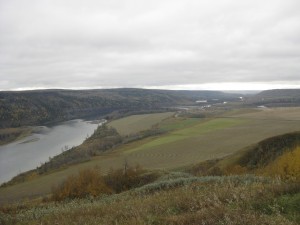 b)
b)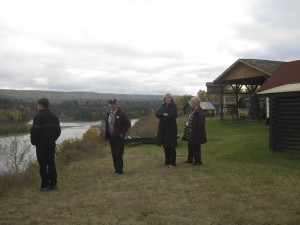
Figure 3: Photos of the Peace River Valley to be flooded with the construction of the Site C dam. a) photo of some agricultural land; b) photo taken at Hudson’s Hope with (left to right) Brad Densmore (Legislative Assistant to Vicki Huntington), Arthur Hadland (Director, Peace River Regional District), Vicki Huntington (MLA Delta South), Gwen Johansson (Mayor of Hudson’s Hope); c) photo of a mid-river island important for animal migration and breeding.
The Potential for Wind Power
Currently only about 1.5% of BC’s electricity production is supplied by wind energy (see Table 1). With British Columbia’s mountainous terrain and coastal boundary, the potential for both onshore and offshore wind power production is enormous. The Canadian Wind Energy Association and the BC Hydro Integrated Resource Plan 2013 indicate that 5,100 GWh of wind generated electricity could be produced in British Columbia for about the same price as the electricity to be produced by the Site C dam. And this despite the fact that all costs (including land acquisition costs) incurred to date by BC Hydro with respect to the Site C project are not counted in their estimate for future construction costs. The potential scalability of Site C is minimal; the potential scalability of wind energy is very large.
| Country/Province/State |
% wind |
Country/Province/State |
% wind |
| Denmark |
27% |
South Dakota |
22% |
| Portugal |
17% |
PEI |
20% |
| Spain |
16% |
Iowa |
19% |
| Ireland |
13% |
Nova Scotia |
7% |
| Germany |
11% |
British Columbia |
1.5% |
| European Union |
7% |
||
| United States |
4% |
Table 1: Percentage of electricity supply provided by wind for a number of jurisdictions. Source: Wind energy in British Columbia, Canadian Wind Energy Association presentation by Nicholas Heap, September 20, 2013.
The minimal production of wind power in British Columbia compared to other jurisdictions (Table 1) is particularly surprising in light of the fact that BC is the home of a number of existing large-scale hydro projects. These include, but are not limited to, the W.A.C. Bennett and Peace Canyon dams already on the Peace River and the Mica, Duncan, Keenleyside, Revelstoke and Seven Mile dams on the Columbia River system. Hydro reservoirs are ideally suited for coupling with wind power generation to stabilize base-load supply. That is, when the wind is not blowing, hydro is used; when the wind is blowing, the reservoirs refill and hydropower is not used. In fact, hydro dams act just like rechargeable batteries with wind providing the renewable recharge to the battery system. And British Columbia is one of the few places in the world that can take advantage of such reservoirs as wind power is introduced into the grid.
Figure 4: Photo of Bear Mountain Wind Park near Dawson Creek.
Given that wind power can easily be introduced into British Columbia at the same, or even lower, price than equivalent power from the Site C dam, we should ask if there are any other reasons that would favour Site C over wind for the production of power to meet BC energy needs. I can think of none. In fact, I can think of a number of reasons why wind power should be considered over Site C to produce the equivalent 5,100 GWh per year of electrical power:
- The construction of the Site C dam will flood 6,427 acres of Class 1 & 2 agricultural land (a total of 15,985 acres of Class 1-7 agricultural land). Wind power sites would not affect agricultural land. In fact, the Peace River valley contains the only Class 1 agricultural land north of Quesnel.
- Key regions in the archive of British Columbia history will be flooded. The Peace River has been designated as a BC Heritage River. It was, in fact, traversed by the explorers Alexander MacKenzie, John Finlay, Simon Fraser, John Stuart, A.R. MacLeod and David Thompson (and others) in their early ventures during the 17th and 18th century. Rocky Mountain Fort, thought to be the first trading post established in British Columbia (by John Finlay in 1794) as well as Rocky Mountain Portage House (across the river from Hudson Hope and established by John Finlay and Simon Fraser in 1805) are both located in the valley.
- Job creation associated with wind power is province-wide. Job creation associated with the Site C dam is constrained to one region.
- The risk of any cost overruns associated with the construction of the Site C dam is borne by the taxpayer. The risk of any cost overruns associated with the construction wind farms is borne by industry. This is important as it limits any risk to the taxpayer.
- The installation of wind farms can be done in partnership with First Nations who would benefit from both local jobs as well as revenue from the installed facilities. In contrast, the affected Treaty 8 Tribal Association has already expressed a number of serious concerns regarding the Site C dam proposal.
- It would take much longer to complete the Site C dam project than it would to install wind farms. In addition, wind power is scalable where as the Site C dam is not.
- Wind farms are distributed and so can be located close to where the energy is needed thereby reducing energy loss during transmission.
To summarize, it is clear to me that the development of the Site C project makes little sense. For the same, or even lower cost, we could develop a similar capacity for wind-power in British Columbia. And the co-benefits of choosing wind power over the Site C project are profound.
Wind power instead of the Site C dam both makes sense and cents.

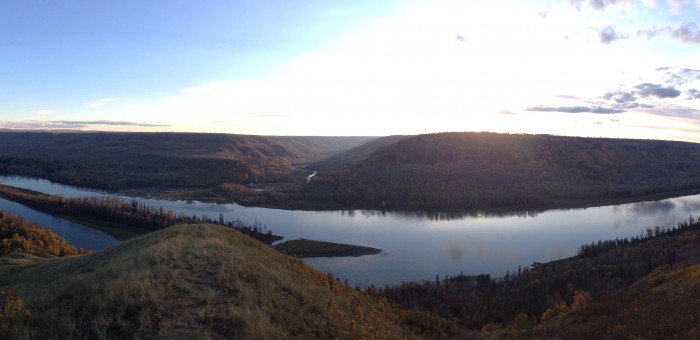
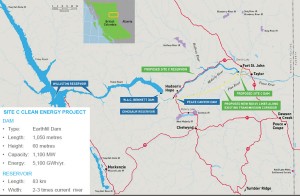

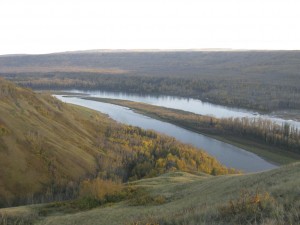
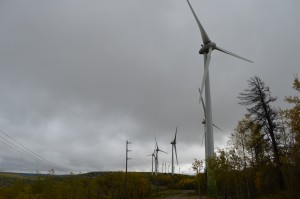



3 Comments
Andrew is on track with less invasive clean energy options.
Wind and Wave power does not harm the environment around them and they can likely be built much faster that the huge invasive Hydro Dam.
I would like to harness wind energy in my back yard
Your argument for wind is clear.
The conservation potential is far from being utilized.
And we need to at least, inventory our tidal potential.
All, justified on the basis of “net social benefit”.